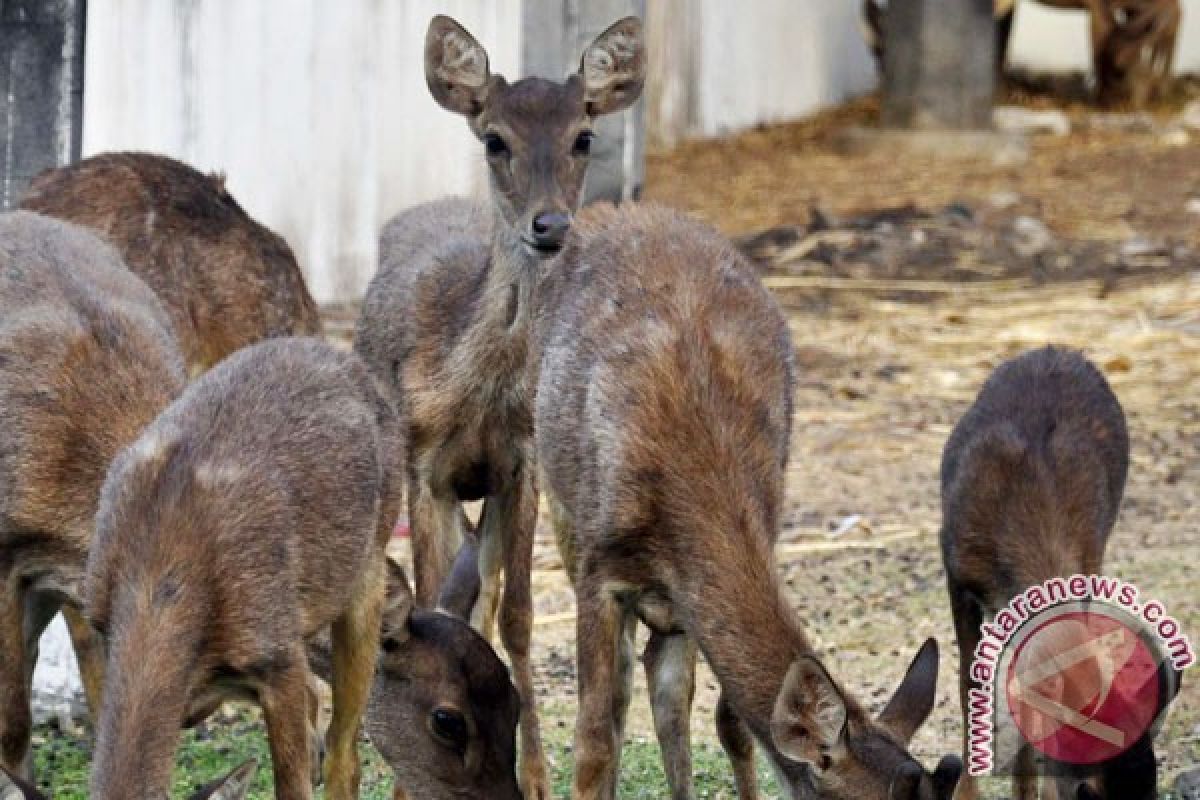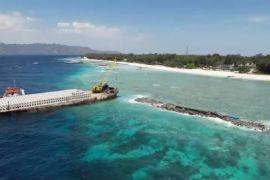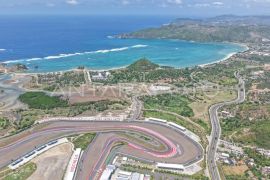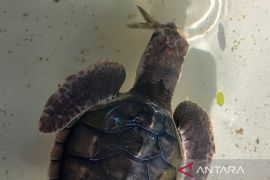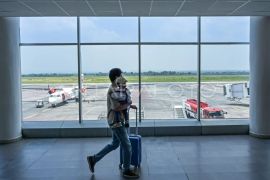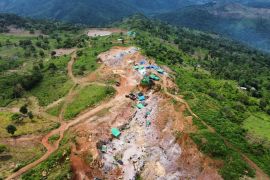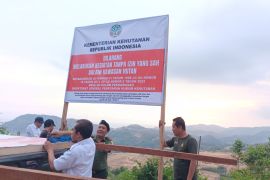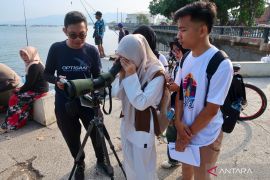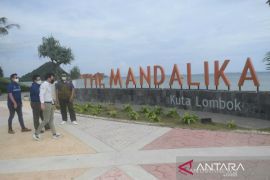"We have helped to set up 45 deer breeding centers in three districts, namely Bima (17 centers ), Sumbawa (7) and Lombok Island (17)," said the head of West Nusa Tenggara`s BKSDA, Tri Prasetyo, in Mataram on Tuesday.
He said there were two types of deer being bred, namely the Timor Deer (Cervus Timorensis) and Sambar Deer (Cervus Uni Color).
The 45 centers together were now hosting a total of 484 deer distributed as follows : 227 in Lombok Island, 72 in Sumbawa and 185 in Bima.
Breeders were given special licenses from the West Nusa Tenggara BKSDA to care for and propagate the animal which had become an icon of the province.
Breeders got the license after having female deer, either from legal hunting or buying from other citizens according to the required procedures.
"We have also given a license to Mataram University, a national university in West Nusa Tenggara, to breed Sambar deer. The breeding program is also done by the State Electricity Company (PLN) of West Nusa and now the deer population is increasing," said Prasetyo.
He stated adult deer could eventually be released into a reserve area or protected forest with conditions suitable for the animal.
Releasing deer into a natural park could be done according to some procedures designed to keep them alive.
Prasetyo and his team were encouraging people to breed deer with a strong commitment to save the animal.
"We will only give a license to those who want to breed deer seriously. Female deer can be obtained from other successful breeders like the PLN of West Nusa Tenggara," said Prasetyo.
Prasetyo said he was not sure about the deer population in the Mount Rinjani National Park (TNGR) but believed there were still deer in the park although they were rarely sighted.
"I think there is still a deer population in Sumbawa and Lombok Islands. Unfortunately, they are rarely seen by humans. If we dare to stay in the forest for a long time, perhaps we can see some of them," he said.
(Uu.SDP-15/HAJM//S012)
Editor: Priyambodo RH
Copyright © ANTARA 2011
